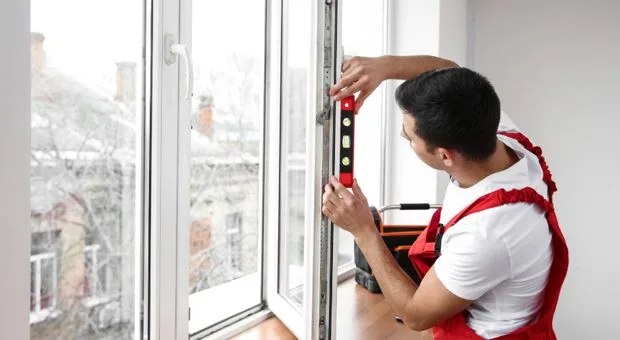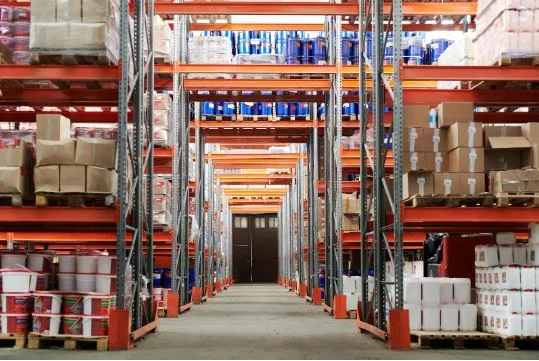Choosing the Best Energy-Efficient Windows for Your Home
Installing the right windows can transform your home’s energy profile, offering better insulation, year-round comfort, and measurable cost savings. Whether you’re upgrading outdated units or building new, selecting the right energy-efficient window in Houston is key to reducing energy loss and improving indoor climate control. Proper installation paired with smart material choices sets the foundation for long-term performance and environmental responsibility.
What Makes a Window Energy Efficient?
Several features determine how well a window insulates and performs over time. Double or triple glazing, low-emissivity (Low-E) coatings, and argon gas between panes are standard technologies that help reduce thermal transfer. Window frame materials, vinyl, fiberglass, and thermally broken aluminum, also impact a unit’s resistance to heat flow.
A well-designed energy-efficient window will have high R-values and low U-factors, indicators of strong insulation and minimal heat conductivity. But it’s not just the specs that matter. Professional evaluation of your home’s orientation, climate zone, and shading ensures the chosen windows align with your specific performance goals.
Why Professional Selection Matters
Choosing windows based on looks alone can result in inefficient performance, especially in climates that experience extreme heat or cold. Energy-efficient models suited for one region may underperform in another. Professionals assess air infiltration ratings, visible transmittance, and solar heat gain coefficients to recommend products that support your home’s insulation strategy while maximizing natural light.
Equally important is proper fit. Even high-performing windows can fall short if not installed with precision. Misalignment or poor sealing can lead to air leaks, water intrusion, and reduced energy efficiency. Skilled installers account for wall depth, frame condition, and moisture barriers to ensure optimal integration with the building envelope.
Long-Term Savings and Environmental Impact
Energy-efficient windows reduce the demand placed on HVAC systems by maintaining stable indoor temperatures. Less energy consumption means lower utility bills month after month, and fewer emissions tied to heating and cooling. In fact, modern designs don’t just improve performance; they also help benefit the planet by lowering a household’s environmental impact.
In addition to energy savings, these windows minimize condensation buildup, block damaging UV rays, and reduce exterior noise, contributing to a more comfortable living space in every season. Their durable construction often translates to longer service life, reducing waste from premature replacements.
Maintenance and Ongoing Performance
While energy-efficient windows are designed for longevity, consistent performance depends on basic upkeep. Routine inspections of weather stripping, seals, and locking mechanisms help prevent minor issues from becoming larger inefficiencies. Cleaning tracks and frames with non-abrasive materials ensures full functionality and maintains tight seals over time.
Homeowners can also benefit from periodic professional assessments, especially after major weather events, to confirm continued performance and identify any areas of concern.
Conclusion
Choosing energy-efficient windows is more than a style decision, it’s a smart investment in thermal comfort, cost control, and environmental responsibility. When selected and installed with care, these windows contribute to a quieter, healthier, and more sustainable living space. From reducing your carbon footprint to maintaining consistent interior temperatures, the right choice delivers benefits that last for decades.





